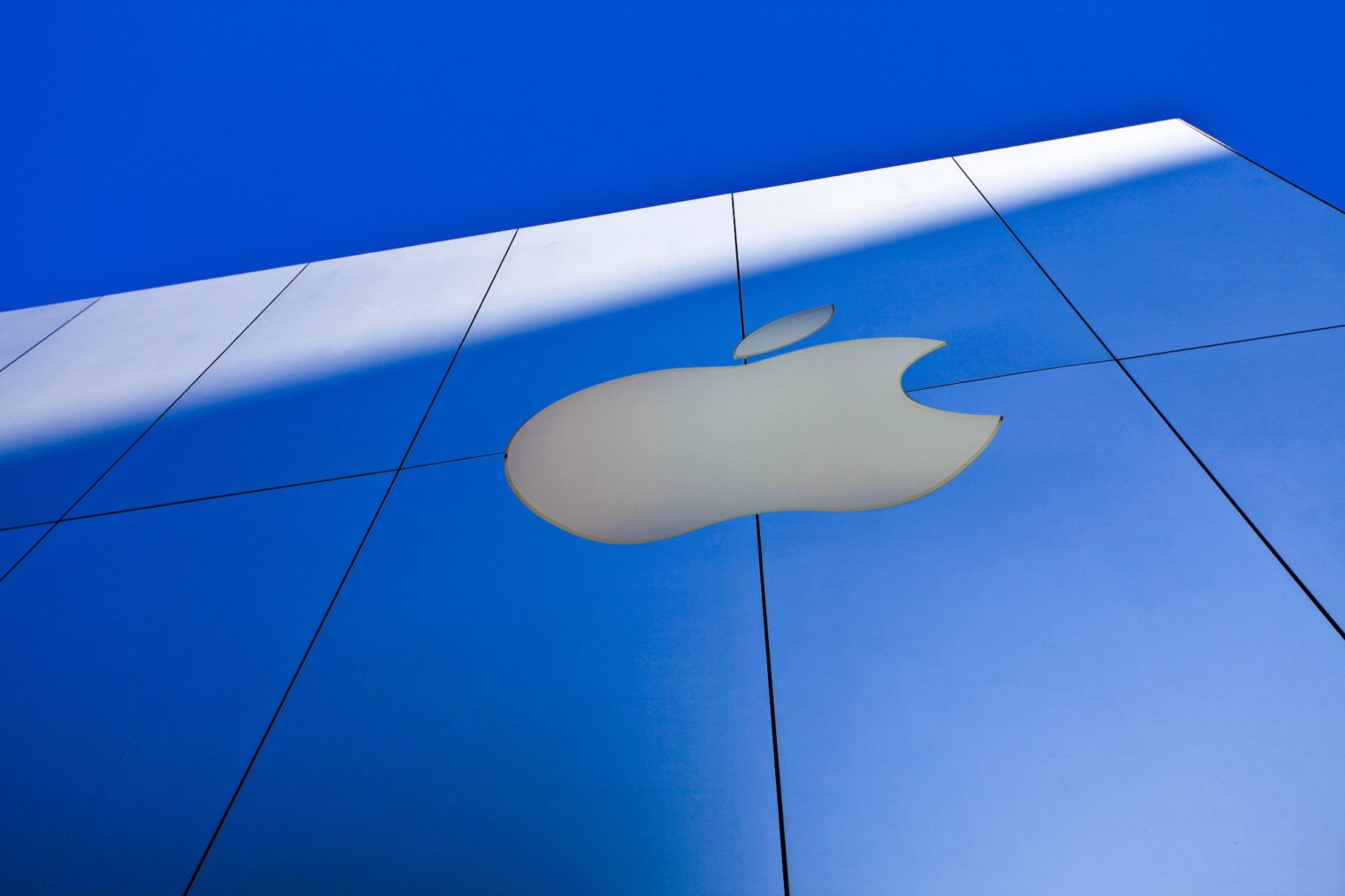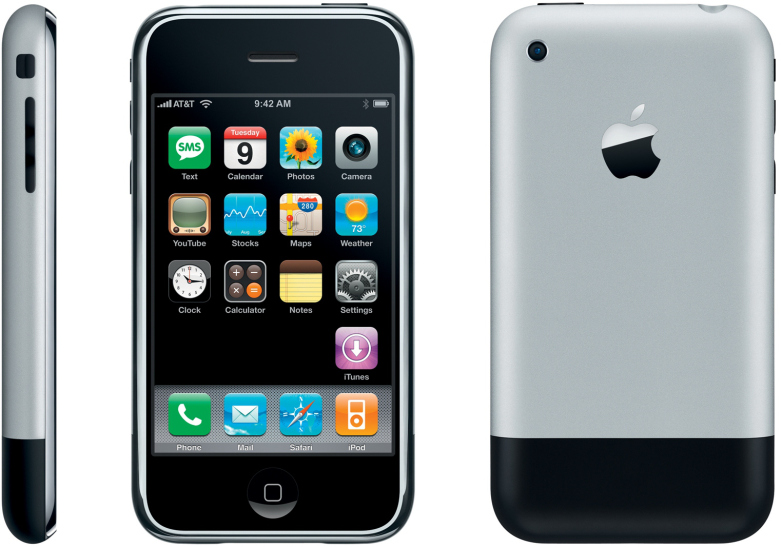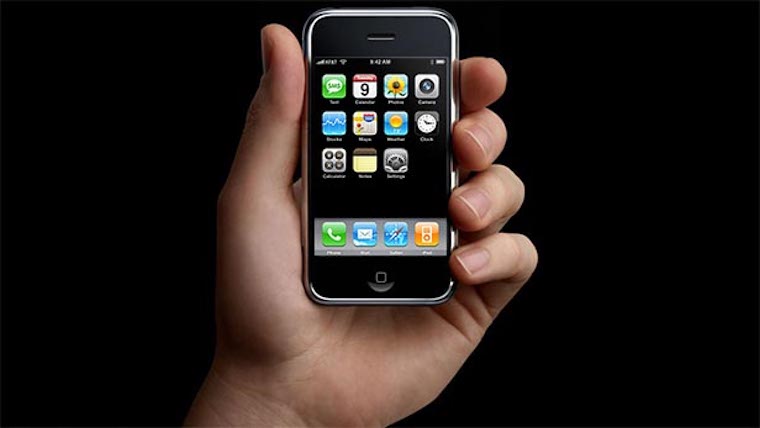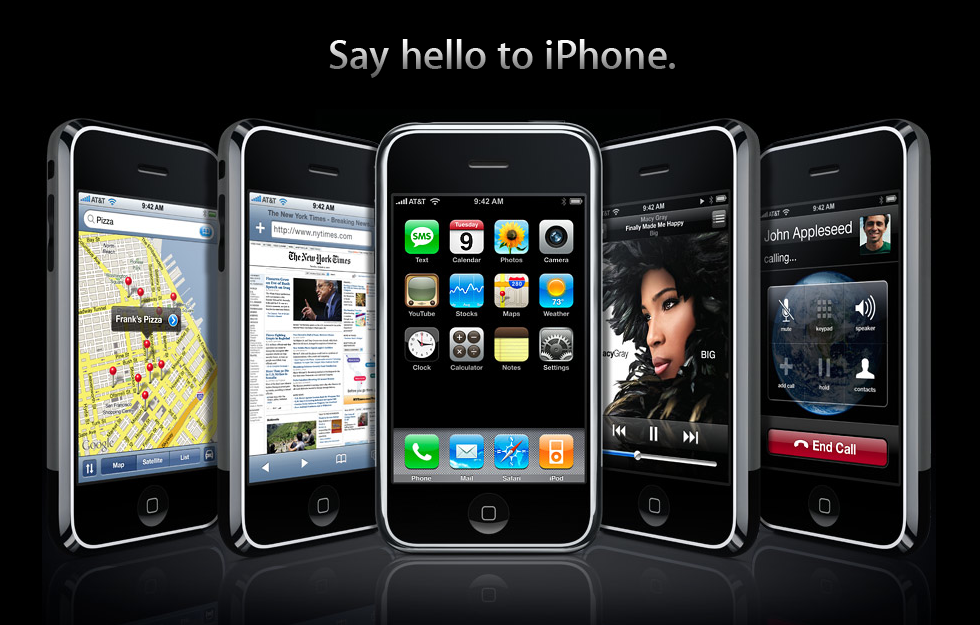The introduction of the first iPhone and the subsequent launch of its sales was spectacular and phenomenal in many ways. Even this event had its dark sides. Today, let's remember together the confusion that accompanied the discounting of the 8GB version of the first iPhone. Said with a classic: The idea was certainly good, the results were not good.
It could be interest you

Just a few months after the launch of the first ever iPhone, Apple has decided to say goodbye to the basic model with a capacity of 4GB, and at the same time to make the 8GB version cheaper by $200. Apple management surely expected this move to be met with applause from new users and to result in increased sales. But the company's management did not realize how this situation will be perceived by those who bought their first iPhone on the day it went on sale. How did Apple deal with this difficult PR challenge in the end?
Apple's decision to drop the iPhone with the lowest memory capacity while lowering the price of the 8GB version from $599 to $399 seemed great at first glance. Suddenly, a smartphone that many criticized as prohibitively expensive became much more affordable. But the whole situation was perceived differently by those who bought the iPhone on the day sales began. These were often die-hard Apple fans who supported the company for a long time even at a time when almost no one believed in it anymore. These people immediately started venting their opinion on the situation on the Internet.
Fortunately, Apple has taken action to appease angry customers. At the time, Steve Jobs admitted that he had received hundreds of e-mails from angry customers and said that Apple would offer a $100 credit to anyone who bought an iPhone at the original price. With a narrow eye, this solution could be described as a win-win situation: customers got, in a certain sense, at least part of their money back, even if this amount actually returned to Apple's coffers.




